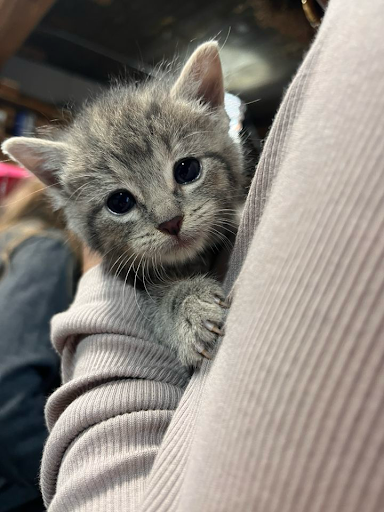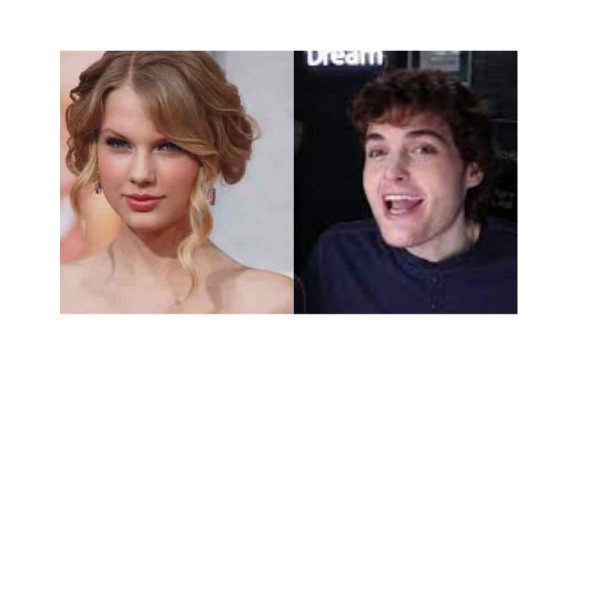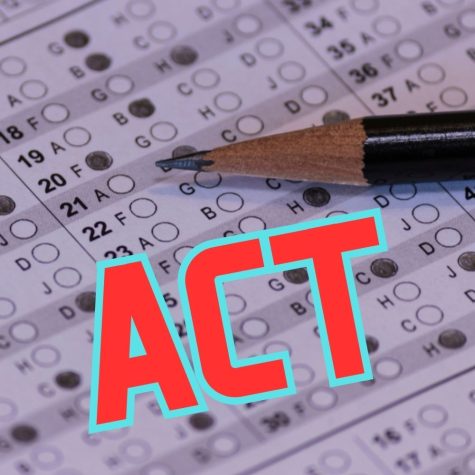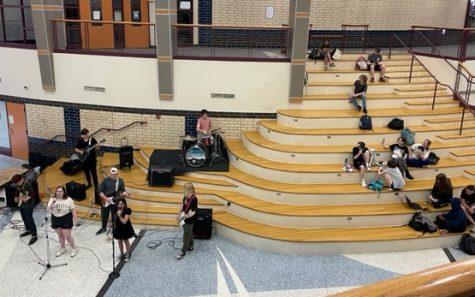Creativity Killed The Cat
As a high school senior whose K-12 experience is coming to a close, I can’t help but to look back at my years in school and wonder if the system is flawed. For me, the biggest issue is that I can’t recall the last time I needed to flex my creative muscles in order to complete a school assignment. Unfortunately, there have been a few times outside of school where I needed to come up with an idea of my own and it was a struggle simply because I wasn’t used to thinking outside of the box.
School is about memorizing chunks of information that will eventually be on a test and then promptly forgetting it once that test has been taken. This cycle rarely helps to retain information in the long term especially considering that the American Psychological Association asserts that “spacing out study sessions over a longer period of time improves long term memory.”
Unfortunately, many students do not spread out their study sessions over a long period of time, opting instead to start studying only when a test is coming up within the next few days. Along with the lack of effectiveness, this cycle doesn’t provoke creativity in students.
Simply memorizing answers to expected questions on tests teaches students how to answer basic factual questions but doesn’t prepare them for a situation in which they have to come up with a creative answer or solution on their own. While simply answering basic test questions suffices during student’s school years, it’s not enough in the long run when the world is looking for innovators to come up with solutions to problems or invent things that improve the well-being of society. That’s why it’s absolutely essential that educators leave space for creativity in their lectures and lesson plans.
Even in classes that revolve around creativity, such as art, the presence of creativity is sometimes lacking. In my experience, art teachers don’t give students much room for creativity in their art pieces. For all of my art assignments, the teacher dictates what I’m allowed to create, how exactly I need to do it, and then grades it based on whether or not I followed the instructions perfectly. While it’s important to learn technique, it’s also important to allow creativity in an artistic setting or perhaps offer a choice of projects to complete.
In the future, the school system needs to devise lesson plans in all subject areas that encourage creativity rather than stifle it with strict regulations and rubrics. Soon, I will be off on my own in the grown up world where I need creativity and innovation to land a job, and I’m worried my education has not prepared me well enough for that. I hope that creativity is eventually recognized as a valuable asset and that schools begin supporting it in their curriculum.











